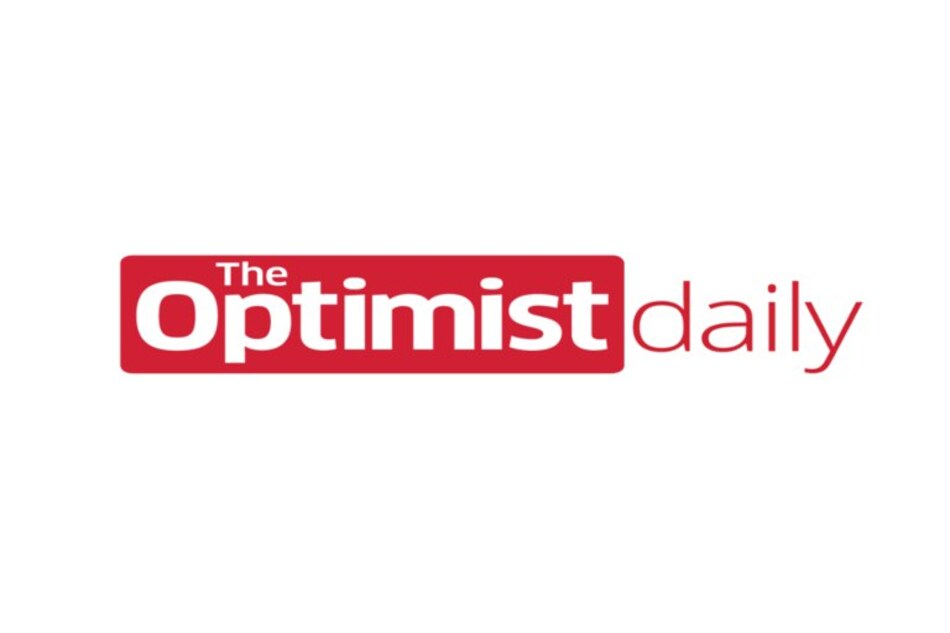For several decades, Native American tribe leaders and scientists have dreamt of seeing the return of salmon in the Columbia River system. Now that dream has come true after biologists counted 36 redds (a nest in which female salmon lay their eggs) along the Sanpoil River, a tributary of the Columbia River.
“I was shocked at first, then I was just overcome with complete joy,” said Crystal Conant, a member of the local Colville Tribe. “I don’t know that I have the right words to even explain the happiness and healing.”
Salmon used to thrive in the Columbia River until a series of dams were built on it. Those dams did not include a fish passage, which meant that salmon returning from the ocean were no longer able to reach their original spawning grounds. Since 2014, tribes along the Columbia River have been working on a plan to reintroduce Chinook salmon to the river, researching important factors such as habitat and fish passage among other things.
Then, in August, tribal biologists released 100 salmon 35 miles up the Sanpoil River, with all the fish being outfitted with a type of passive tracking device. In October, the biologists could see that the fish were spreading out and spawning, which confirmed that, despite the dams, the river contains hundreds of miles of spawning and rearing habitat suitable for salmon, thus opening the door to a possible sustainable return of salmon to the Columbia River.
While it’s a positive sign that salmon could successfully spawn in the Sanpoil River, numerous challenges remain. The offspring will still need to migrate downstream, meaning they will have to survive going through reservoirs and dams, which is only half the journey.
“Just having fish spawning in this one particular river does not prove that it’s feasible,” said Casey Baldwin, a research scientist for the Colville Tribe. “But it’s a good first step.”
This story is yet another reminder of the damaging environmental effect of dams and the need to remove unnecessary ones. Back in July, we wrote about the removal of a dam in Washington, which meant the world to local Native American tribes as it recreated vital habitat for many nearby species, such as Chinook salmon.












